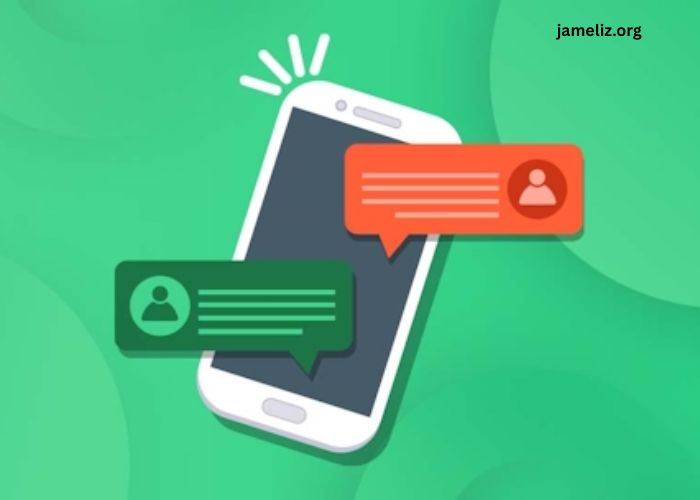In today’s fast-paced digital economy, the race for user attention has reached unprecedented speeds. Websites, apps, and platforms are constantly developing new strategies to attract, retain, and re-engage users. Among the growing arsenal of tools available to digital marketers and developers, one stands out for its simplicity and powerful impact: push notifications.
While traditionally associated with mobile apps, push notifications have made a successful leap to the web. Brands are discovering that engaging users beyond the initial visit is not only possible—it’s more accessible than ever. Instead of relying solely on email, social media, or retargeting ads, websites can now speak directly to their audiences through the browser.
What makes this possible is the advancement of browser-based technologies that support website push notifications. These short, clickable messages are sent directly to a user’s device, even when the browser is closed. Whether users are on desktop or mobile, they can receive timely alerts about updates, offers, or news, all without needing to install an app or submit their personal contact details. As a result, brands can build meaningful connections with users through minimal friction and maximum impact.
What Are Website Push Notifications and How Do They Work?
Website push notifications are browser-based alerts sent to users who have opted in to receive them. Unlike traditional email marketing or SMS, these messages appear on the screen in real time—on both desktop and mobile devices—ensuring visibility and encouraging immediate action.
Here’s how the process works:
- User Visit: A visitor lands on your website.
- Opt-In Prompt: The browser shows a permission prompt asking the user to allow notifications.
- Consent: If the user agrees, they’re subscribed to your notification list.
- Delivery: Using push services like Firebase or OneSignal, you can send messages to that user’s device.
- User Interaction: When the user clicks the notification, they’re directed to a specific page or offer.
No email, no app, no login—just a single click to start a two-way communication channel.
Why Website Push Notifications Matter More Than Ever
In a digital landscape overflowing with content, it’s increasingly difficult to keep users engaged beyond their first visit. Website push notifications offer an elegant solution by re-engaging users with personalized, timely, and relevant content.
Here are just a few reasons they’re becoming an essential part of digital marketing strategies:
- High Visibility: These notifications appear directly on a user’s screen, bypassing crowded inboxes.
- Real-Time Communication: Perfect for time-sensitive offers, updates, or reminders.
- Cost-Effective: Compared to PPC ads or SMS marketing, push notifications offer a low-cost, high-return model.
- User-Friendly: With no forms or sign-ups required, opt-in rates tend to be higher than traditional lead generation methods.
Use Cases Across Industries
The flexibility of website push notifications allows them to be tailored to a wide range of industries:
🛒 E-Commerce
- Price drop alerts
- Limited-time offers
- Cart abandonment reminders
📰 News & Media
- Breaking news updates
- Personalized story recommendations
- Trending topic alerts
💼 B2B & SaaS
- Product updates
- Webinar and event reminders
- User onboarding prompts
🧳 Travel
- Trip reminders
- Fare changes
- Weather alerts
Best Practices for Website Push Notification Campaigns
To make the most of your notifications, it’s important to follow some key principles:
1. Optimize Your Opt-In Prompt
Use a soft prompt to explain the value before triggering the browser prompt. This improves your opt-in rate and prevents permanent blocks.
2. Segment Your Audience
Send relevant notifications based on user behavior, interests, or past interactions. A well-segmented campaign can significantly boost engagement.
3. Keep Messages Short and Valuable
Push notifications are meant to be concise. Focus on clear CTAs, actionable language, and direct value for the user.
4. Timing Is Everything
Avoid sending messages at odd hours. Analyze when users are most active and schedule accordingly to maximize impact.
5. Track Performance and Iterate
Monitor click-through rates, opt-in percentages, and unsubscription rates. Use A/B testing to refine message format, timing, and content.
Potential Pitfalls and How to Avoid Them
While website push notifications offer powerful benefits, misuse can lead to adverse outcomes. Here’s what to watch out for:
- Over-Messaging: Sending too many alerts can lead to opt-outs. Limit frequency and prioritize quality over quantity.
- Poor Targeting: Irrelevant messages can frustrate users. Use behavior-based triggers to tailor your content.
- Lack of Transparency: Always explain what kind of notifications users will receive. This builds trust and reduces opt-outs.
- Non-Responsive Design: Make sure your messages display correctly on both desktop and mobile devices.
The Future of Website Push Notifications
The potential for this technology continues to grow. Innovations on the horizon include:
- Rich Media Notifications: Including images, buttons, and even video.
- Deeper Personalization: AI and machine learning to deliver messages based on individual user preferences.
- Expanded iOS Support: With Apple gradually opening support, reach is expanding to a larger audience.
- Interactive Elements: Soon, users may be able to respond to messages directly from the notification panel.
Conclusion
In an increasingly noisy digital environment, the ability to cut through the clutter is invaluable. Website push notifications offer a simple yet powerful way to stay connected with your audience—on their terms, at the right time, with the right message.
Whether you’re running a blog, an online store, or a software platform, incorporating push notifications into your engagement strategy can dramatically improve user retention, boost conversions, and build lasting customer relationships.
When used thoughtfully and strategically, push notifications can evolve from simple alerts to dynamic tools that create meaningful, real-time conversations between brands and users.

